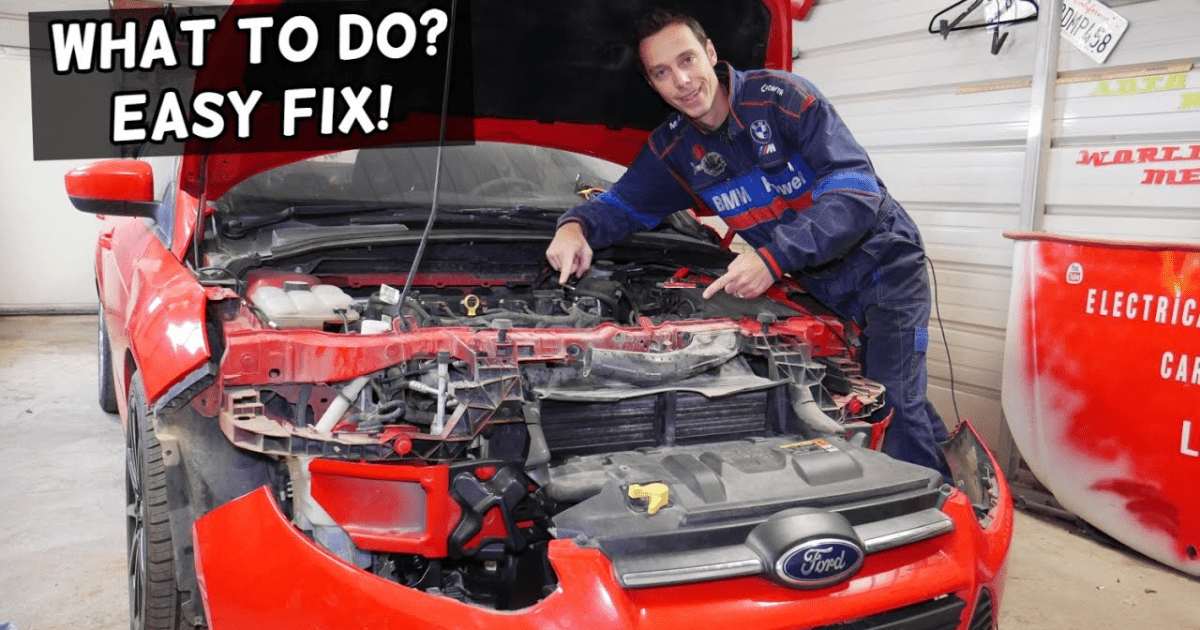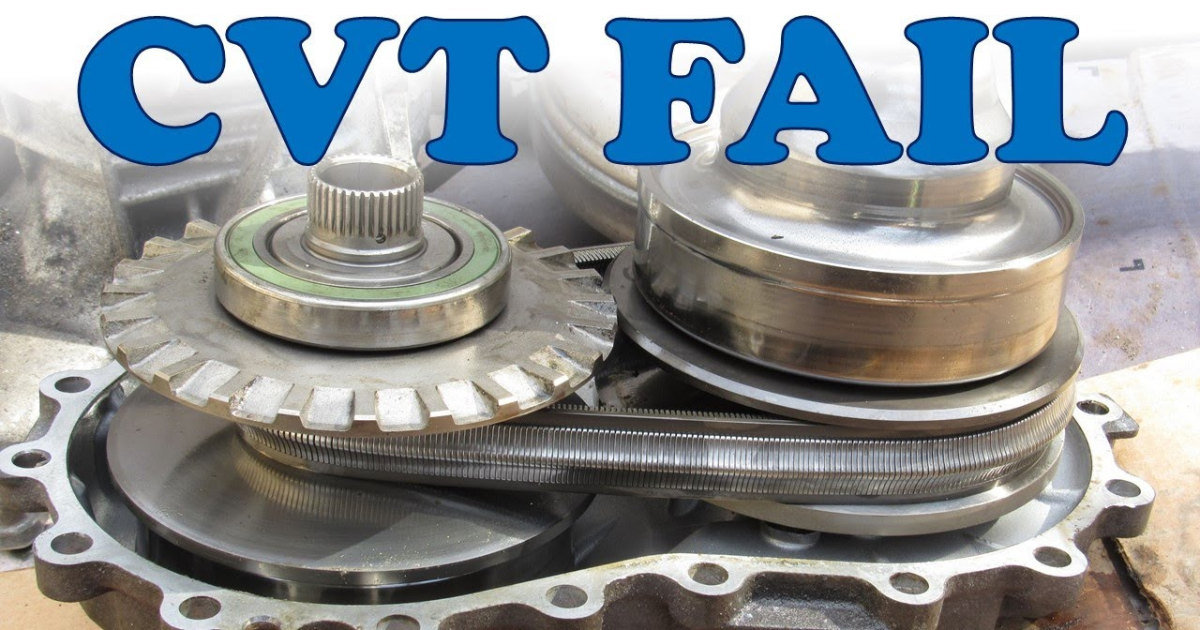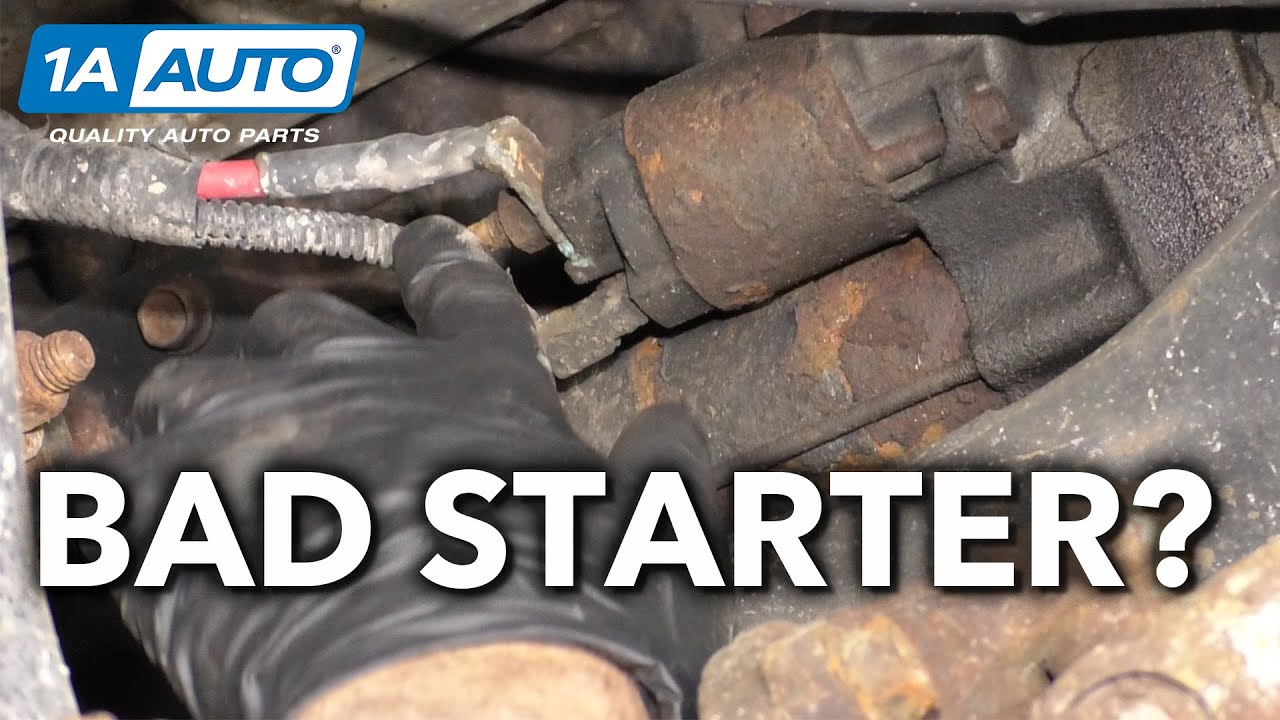Replacing a car engine can be a costly and time-consuming process, but it’s often necessary to keep your vehicle running smoothly. However, even after replacing the engine, some car owners may experience certain problems. In this article, we will discuss the common problems that may occur after engine replacement and provide tips on how to avoid them.
Weird Noises
One of the most common problems after engine replacement is strange noises coming from the engine. These noises can be caused by broken seals or worn-out bearings, which will produce a thumping or knocking sound. A squealing or whistling sound may indicate a weak fan belt, bad pulleys, or rollers. If you notice any unusual noises, it’s essential to have them checked out by a professional mechanic as soon as possible to prevent further damage.
Unusual Smoke
Another common issue after engine replacement is unusual smoke coming from the exhaust pipe. While it’s normal for a white cloud of smoke to appear when starting the engine, blue or black smoke is a cause for concern. Blue smoke indicates that the piston rings are bad or valve seals are broken, allowing oil to enter the combustion chamber and burn. Black smoke, on the other hand, means that the engine is burning too much fuel. This could be due to a clogged air filter, a faulty fuel injector, or a problem with the fuel pressure regulator.
Illumination of the Check Engine Light

If the check engine light turns on immediately after replacing your engine, it could be due to a variety of reasons. One possibility is that the spark plugs were already damaged before the engine swap. Another common cause is a loose or missing gas cap. Other potential causes include faulty fuel injectors, bad O2 or airflow sensors, a broken thermostat, or a damaged engine coil.
Fluid Underneath the Car
Another problem that may occur after engine replacement is oil leaking under the vehicle. Puddles of oil appearing under your car are an indication that the engine oil or antifreeze is leaking. A broken hose could cause this, but it’s essential to make a proper diagnosis to find the real culprit and fix it before continuing to drive to prevent further damage.
Rough Running Engine
After replacing your engine, you should be able to accelerate and attain speeds smoothly. However, if you struggle to do these or your car vibrates when doing them, it indicates that the engine is not running smoothly. Engine running rough could stem from faulty spark plugs or ignition coils. In other cases, there is a fuel pressure problem, or your engine needs a tune-up.
Loss of Engine Power
With a loss of engine power, your engine will struggle and not reach its optimal performance level. This will cause your car to shake, stall, stutter, or struggle to drive uphill. Engine power loss is mostly caused by the engine not getting enough fuel or air. In this case, you’re likely dealing with a dirty fuel and air filter, and a bad O2 sensor, but it could also be other issues. Proper diagnosis is needed to ascertain the real culprit.
How to Avoid Common Problems After Engine Replacement
To avoid problems after replacing an engine, it’s essential to check certain components that work in sync with the engine and ensure they are functioning well. This is especially important if the car is more than six years old. Some of the components that may need to be replaced include:
- Worn timing belt or chain
- O-rings and gaskets
- Broken seals
- Damaged sensors
- Faulty spark plugs
- Failing water pump
- Dirty air filters
- Clogged oil filters
By replacing these components, you can ensure that your new engine will perform optimally and prolong its lifespan.




